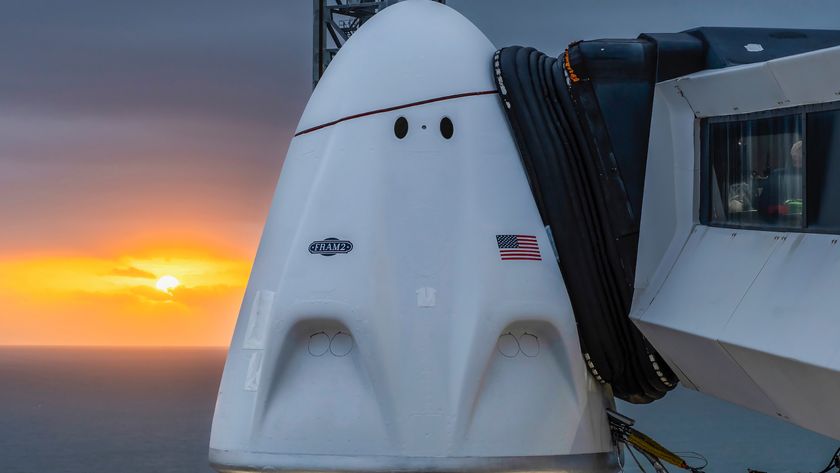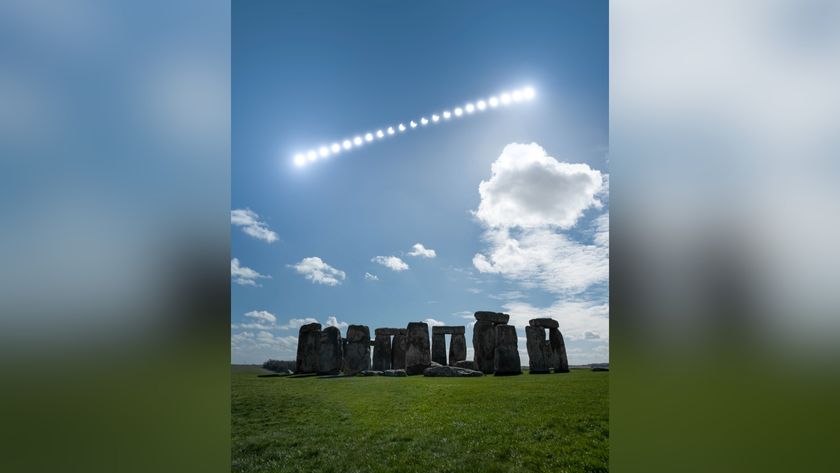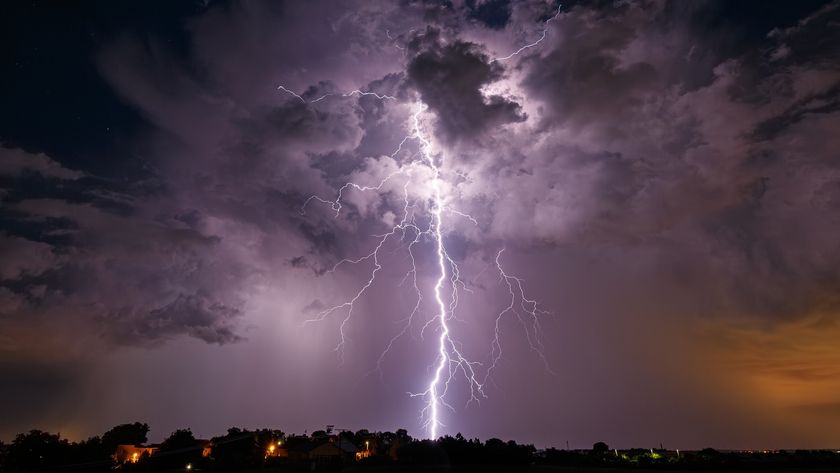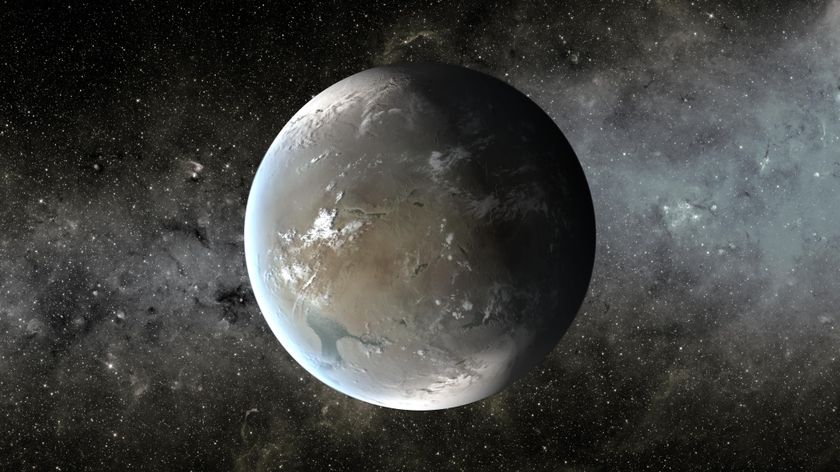Surprising Activity from a Dead Star
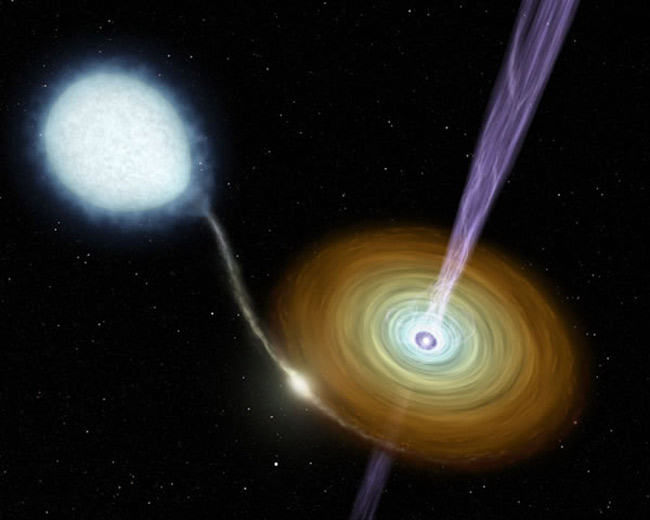
A distinctive feature of black holes is the discharge of narrow jets that shoot matter into space in a continuous stream near the speed of light.
But NASA's Spitzer Space Telescope has recently found one of these jets around a dense stellar corpse known as a neutron star.
"For years, scientists suspected that something unique to black holes must be fueling the continuous compact jets because we only saw them coming from black hole systems," said Simone Migliari, an astrophysicist at the University of California, San Diego's Center for Astrophysics and Space Sciences. "Now that Spitzer has revealed a steady jet coming from a neutron star in an X-ray binary system, we know that the jets must be fueled by something that both systems share."
X-ray binary systems are made up of a normal star and a neutron star or black hole. The normal star orbits the dense, collapsed star, similar to how the Earth orbits the Sun.
The gravity of the neutron star, greater than 14 times the mass of its revolving smaller and less massive partner in this case, collects the material leaving the orbiting star and creates a disk of matter around itself.
This disk, known as an accretion disk, has a very strong gravitational field, a characteristic of both black holes and neutron stars of X-ray binary systems.
"Our data show that the presence of an accretion disk and an intense gravitational field may be all we need to form and fuel a compact jet," Migliari said.
Get the Space.com Newsletter
Breaking space news, the latest updates on rocket launches, skywatching events and more!
Finding the compact jets produced by black holes has been done with radio telescopes. But the narrow jets of neutron stars are up to 10 times fainter, which means that it would take much longer to gather enough data to identify one.
But Spitzer has super-sensitive infrared eyes that can detect jets such as this one, located almost 10,000 light years away in the constellation Orion, in minutes.
The details of this research were published last week in the Astrophysical Journal Letters.
- Nebulas: The Best of Your Amazing Images
- Neutron Star Found Where a Black Hole was Expected
- Black Hole Swallows Neutron Star, Observations Suggest
- Runaway Star Collisions Create Black Holes
- Gallery: Hubble's New Views of the Universe
Join our Space Forums to keep talking space on the latest missions, night sky and more! And if you have a news tip, correction or comment, let us know at: community@space.com.



